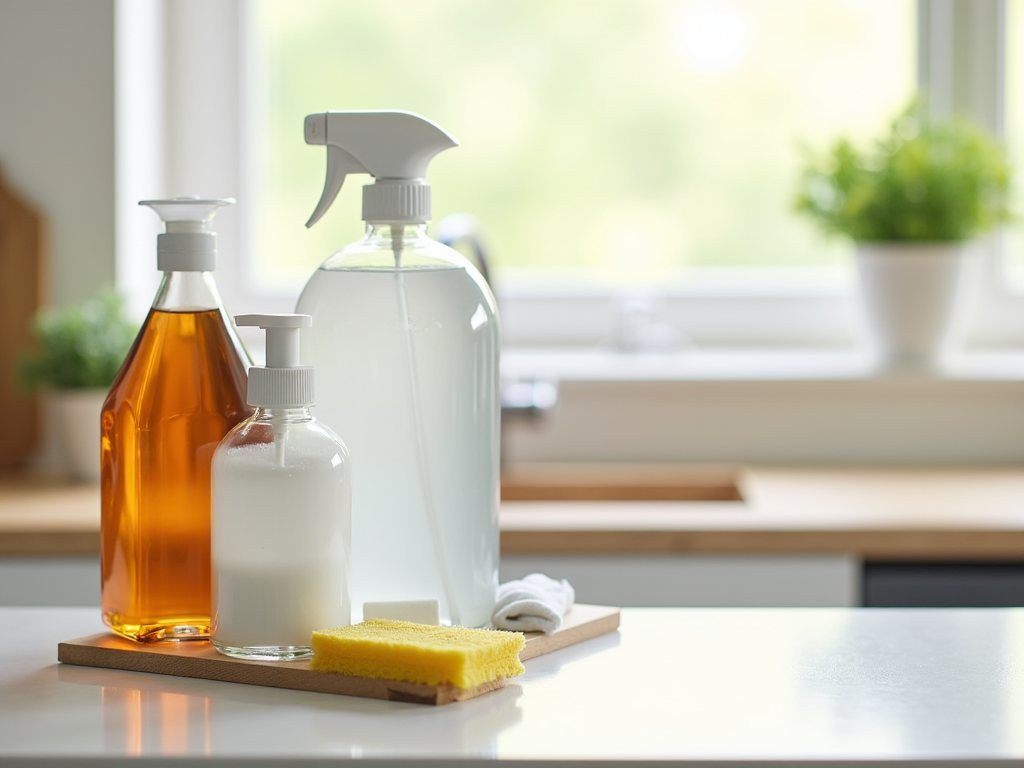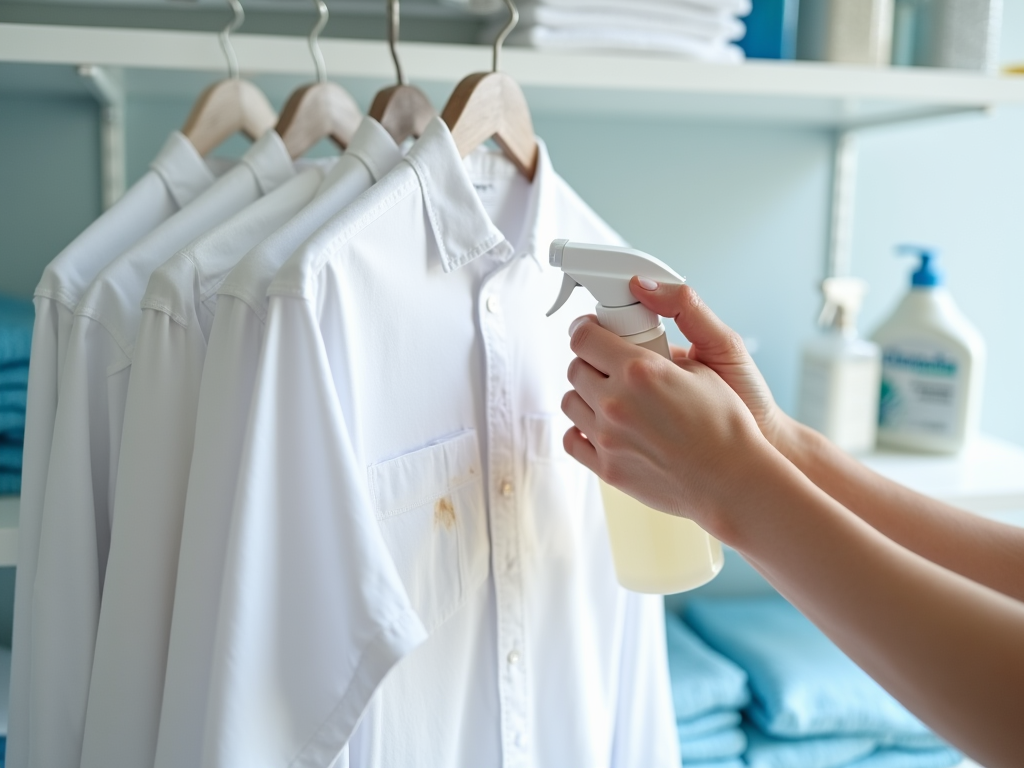The age-old battle against stubborn stains is one every enthusiast of cleanliness has engaged in. Whether it’s the spaghetti sauce that leaped from the fork to your shirt or the red wine that conspired with gravity to land on your carpet, understanding how to swiftly and effectively remove these blemishes is key. This article will provide comprehensive guidance on removing every type of stain using simple and effective strategies, illustrated with easy-to-understand charts. Prepare to transform your cleaning routine and tackle any stain with confidence.
Understanding the Different Types of Stains

Before you can successfully remove a stain, it’s essential to understand what kind of stain you’re dealing with. Stains typically fall into a few broad categories: organic, oil-based, protein-based, dye-based, and combination. Organic stains include substances like coffee, tea, and wine. Oil-based stains stem from products like butter, cooking oils, and cosmetics. Protein-based stains are those that originate from blood, sweat, or dairy. Dye-based stains are generally from items like ink or colored drinks.
Each type of stain has a unique structure that reacts differently under cleaning conditions, which is why a one-size-fits-all approach doesn’t work. Knowing the type of stain will guide you towards the appropriate cleaning agent and method. Starting with the right approach will save time and prevent making the stain worse.
General Stain Removal Tips

While each type of stain may require a specific method, there are some general principles applicable to many stain removal scenarios. Acting quickly is critical: the faster you respond to a stain, the better your chances of removing it completely. Always blot, never rub, a stain to prevent it from setting in deeper. Test any cleaning solution on a hidden area of the fabric to ensure it won’t cause discoloration.
When treating fabrics, always refer to the clothing label for manufacturer instructions on cleaning. Ensure you have essential items like white towels, a sponge, and common cleaning agents: vinegar, baking soda, and washing liquid. Understanding these tips sets a solid foundation for more targeted cleaning strategies.
Step-by-Step Guide to Removing Stains
1. Organic Stains
Organic stains usually come from food and drinks such as coffee, tea, or fruit juices. Begin by blotting the stain with cold water to dilute the substance. Avoid hot water as it can set the stain. Mix a tablespoon of dishwashing liquid with two cups of cold water, and apply using a white cloth.
Gently blot until the liquid is absorbed, then keep applying the cleaning solution and blotting until the stain disappears. Rinse with cold water and dry with a clean towel. If the stain persists, a mixture of one part vinegar to two parts water can provide an extra punch.
2. Oil-Based Stains
Oil-based stains, often the toughest to deal with, require a different approach. Sprinkle baking soda or cornstarch on the stain as soon as possible to absorb excess oil. Give it 10 to 15 minutes before brushing it off. Create a mix with one part dishwashing detergent and two parts white vinegar, and apply it using a sponge.
Work the solution into the fabric gently. Rinse and repeat if necessary. Always ensure to launder the fabric following these steps using hot water applicable to the fabric’s care instructions for the best results.
Chart: Stain Removal Quick Reference
Here’s a quick reference chart for removing common stains effectively:
- Wine Stain: Use salt to absorb, rinse with boiling water, and treat with hydrogen peroxide.
- Coffee Stain: Blot with cold water, apply a mix of dish soap and white vinegar.
- Ink Stain: Apply rubbing alcohol or hairspray, then wash with detergent.
- Blood Stain: Cold water soak, followed by a hydrogen peroxide treatment.
- Grease Stain: Absorb with baking soda, treat with dish soap, and launder.
Conclusion
Stain removal doesn’t have to be a daunting task. By understanding the nature of the stain and employing the correct cleaning strategy, you can effectively deal with most stubborn spots. Whether the task involves a wine spill or a greasy mishap, equipped with this knowledge and a willingness to react promptly, you’re set to win the war against stains.
Frequently Asked Questions
Can I remove a set-in stain?
Yes, set-in stains can often be removed with more intensive methods such as soaking in an enzyme-based cleaner or applying a paste of baking soda and water. Repeated treatments may be necessary for full removal.
Is vinegar safe for all fabric types?
While vinegar is generally safe for most fabrics, it’s advisable to test it on a inconspicuous area first. Delicate fabrics like silk and wool might be damaged by vinegar.
Can hot water set a stain?
Yes, hot water can set certain stains such as blood and protein-based stains. It’s best to use cold water initially until you know whether heat is advisable for treatment.
What’s the best way to deal with red wine stains?
Sprinkle salt on the stain to absorb the wine, then rinse with hot water through the back of the fabric. Hydrogen peroxide can be applied for residual stain, followed by a thorough wash.
Are enzyme-based cleaners effective for stain removal?
Yes, enzyme-based cleaners are particularly effective for protein-based and organic stains. They break down proteins effectively, making the stains easier to lift from fabrics.



